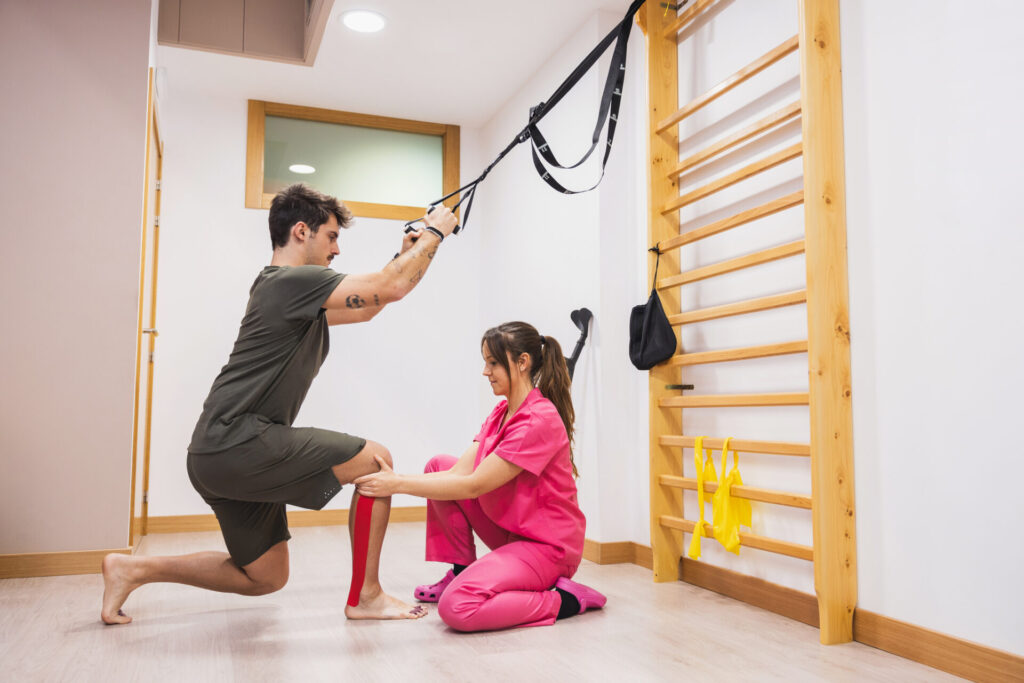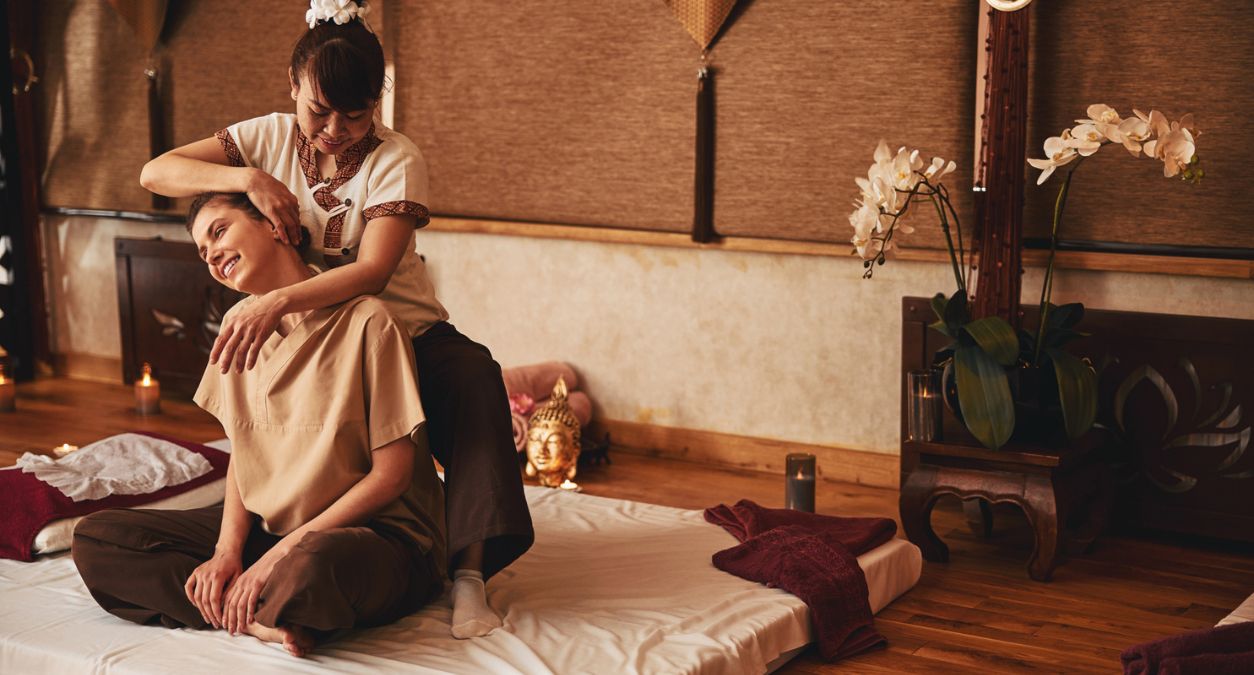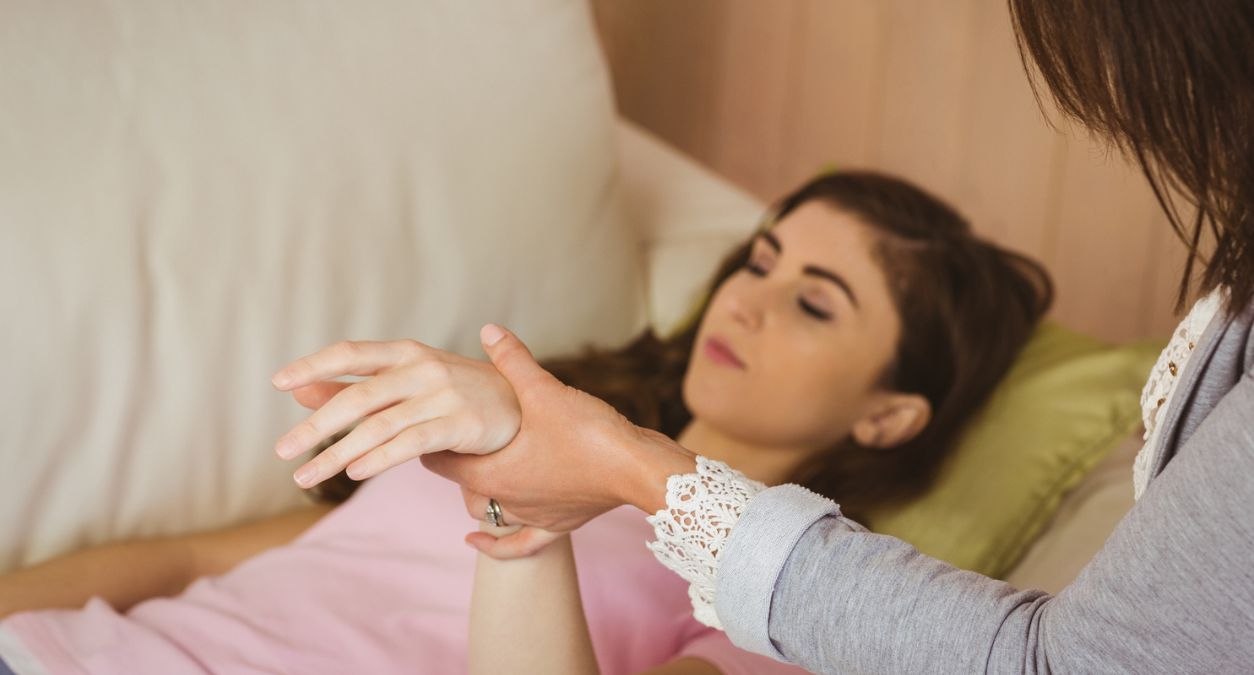Contributors
My main focus is managing the blog and product content for the Protectivity website ensuring everything aligns wi...
Starting a counselling practice in the UK can be a rewarding endeavour. Whether you’ve recently qualified or have been practising for some time, with growing demand for therapy services it is a great time to be starting or growing your business.
In this guide we’ll cover useful ideas on different ways to target new clients. Playing to your strengths with specialist niche offerings and general marketing tips to utilise the digital tools available.
Why start a counselling business?

Growing Demand for Mental Health Services
The need for mental health support is increasing globally, and the UK is no exception. As awareness grows, more people seek counselling services to address their emotional well-being. It’s becoming more widely adopted in workplace practices as well, highlighting the opportunity to provide services where there wasn’t such a demand before.
Fulfilling Work
Helping others navigate life challenges and improve their mental health can be deeply fulfilling.
Witnessing positive transformations in clients’ lives can give you real sense of purpose and as well as developing your expertise in this field.
Autonomy and Independence
Running your own practice allows you to set your schedule, choose your clients, and shape your therapeutic approach. It can give you greater freedom to follow your own values as well as fit in with wider commitments.
Professional Growth and Learning
Private practice encourages continuous learning and professional development. You can specialise in areas that you are passionate about and focus on developing your expertise in a specific area.
Financial Potential
Building a client base takes time, but a successful practice can provide a stable income. As you gain experience and reputation, your earning potential increases.
5 Steps to promote your counselling business

1. Have a strong USP
Why is your counselling service different? Clearly define what sets your business apart from others to encourage clients to choose you. Whether it’s a unique approach you take, or a specific target audience, such as corporate counselling, a strong USP helps you stand out.
To identify your unique selling point you can consider the following points that could help you standout:
What specialist skills or techniques do you offer?
Do you have a specific niche (e.g., trauma, couples or corporate counselling)?
Define your features, the core offerings of your service alongside the benefits and how each of these core offerings can help your clients.
Try to address your clients’ problems and focus on solving these problems with your services. Your USP should address their pain points and help provide solutions.
Remember, your USP should resonate with your clients and communicate the unique value you bring. Whether it’s exceptional customer service, a specific approach, or a convenient feature, prioritise what matters most to your clients.
2. Know your target audience
Who are your clients and how do they find out about counselling services? You can identify your ideal clients, what their needs are, preferences, and problems. Then tailor your promotion strategy to meet these points.
It could be that you get referrals from other health and wellbeing organisations, so creating marketing messaging for this demographic could be a better use of your time. Alternatively, you may focus on online, individual therapy which could benefit from promotions on social media and digital channels.
3. Showcase the success of your service
Highlighting success stories and testimonials from satisfied clients can provide real-life experiences and tangible evidence of the positive impact of your counselling services. Showcasing the success of your therapy service is essential for attracting clients and building trust. Here some methods you could adopt:
Collect and Share Client Testimonials.
Request feedback from satisfied clients.
Display testimonials on your website, social media, or marketing materials.
Create anonymous case studies, with client permission, highlighting their progress, positive outcomes, and how your therapy helped them. Describe the client’s initial challenges, the therapeutic process, and the positive changes they experienced.
4. Forge strong relationships
Developing relationships with your clients and other partners is key to success in any business. Firstly, building trust and rapport with your clients through effective communication and empathy is not only beneficial for your clients but also contributes to positive word-of-mouth referrals.
Alongside this your relationships with other partners in the sector could be essential. For example, referrals, working with other therapists, finding openings in specific centres.
5. Utilise digital channels
It has never been easier to promote your business and services online with a wide range of different digital tools and platforms. Depending on your target audience it could be worth using social media channels, such has Facebook or LinkedIn to tell people about what you offer.
As a basic foundation having a strong website and social media pages allow potential clients to find you more easily and shows you are operating in a credible way.
Where to advertise your counselling business?

Online Advertising
Increase your online visibility and reach a wider audience by utilising paid advertising. Either running Google Ads, which target relevant keywords to increase your visibility in online searches.
Alternatively social media ads are an inexpensive way of targeting specific audiences on Facebook and Instagram who are more likely to be looking for a similar service.
Offline Advertising
Invest in targeted advertising through online platforms, local publications, or community bulletin boards to raise awareness about your counselling services.
You could place advertisements in local newspapers or community magazines. Post flyers or business cards on community bulletin boards in local cafes, libraries, or community centres.
Social Media
Leverage social media platforms to engage with your audience, share valuable content, and build a community. Regularly post relevant information, tips, and updates to stay connected with potential clients.
Trade Directories
List your counselling business on relevant online directories such as the British Association for Counselling and Psychotherapy (BACP): If you are a member of BACP, make sure your profile is updated on their directory. There’s also Psychology Today or local therapist directories, which all help to enhance your online presence and make it easier for potential clients to find you.
Showcase expertise and credibility

Qualifications & Education
Clearly display your qualifications, certifications, and relevant education on your website. This information establishes your expertise and builds trust with potential clients.
Online Events
Hosting webinars, contribute to podcasts, Q&A sessions, or virtual workshops on mental health topics can showcase your knowledge and engage with a broader audience. This positions you as an expert in your field.
Talks & Workshops
Offer talks and workshops at local community centres, schools, or businesses to share your expertise, educate the public, and attract potential clients. This is also an opportunity to grow your contact list, building a database of interested people who may be interested in the future.
How to Grow your therapy business?

Networking Events
Attend local networking events, conferences, and industry gatherings to connect with other professionals, potentially leading to referrals and collaborations.
Partnerships
Build partnerships with local businesses, healthcare providers, or wellness centres. Cross-promoting services can expand your reach and attract clients from complementary fields.
Specialist Practice
Consider specialising in a niche area, such as trauma counselling, family therapy, or addiction counselling. A specialist focus can make you the go-to expert in that particular field.
Client Referrals
Implement a client referral program to encourage satisfied clients to refer friends, family, or colleagues. Word-of-mouth referrals are a powerful and cost-effective way to grow your counselling business.
Get Counselling Insurance with Protectivity
As a qualified counsellor it is important that you have an appropriate insurance policy in place. This not only safeguards you from potential costly claims but also provides your clients with peace of mind that you are operating credibly.
At Protectivity our Counselling Insurance policy will provide you with Public Liability cover in the event of a client getting injured or their property damaged. As a counsellor you may also need professional indemnity cover if a client pursues legal charges against you for providing negligent advice. Additionally, if you own business equipment, you can cover it against damage, loss or theft.
Our insurance for counsellors starts from £3.14 a month. Find out more and request a quote online.
Get Counselling Insurance from Protectivity
*Disclaimer – This blog has been created as general information and should not be taken as advice. Make sure you have the correct level of insurance for your requirements and always review policy documentation. Information is factually accurate at the time of publishing but may have become out of date.
Last updated by





























